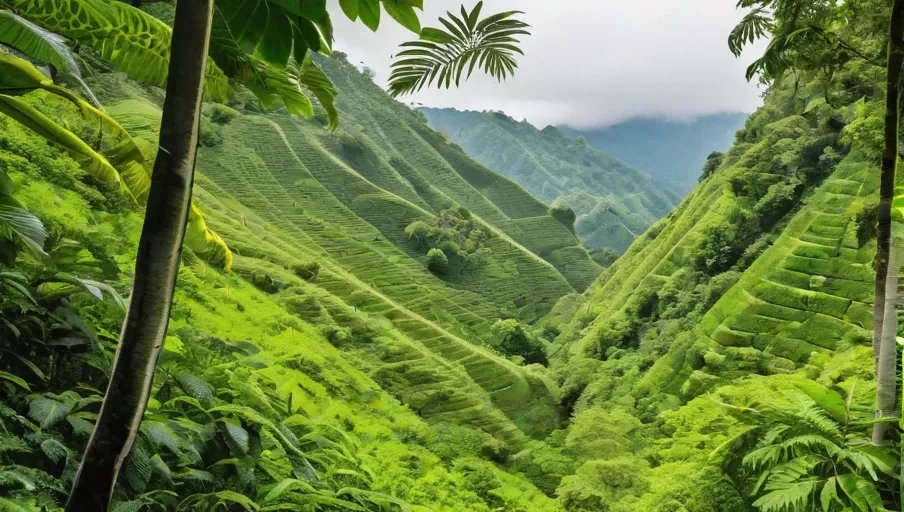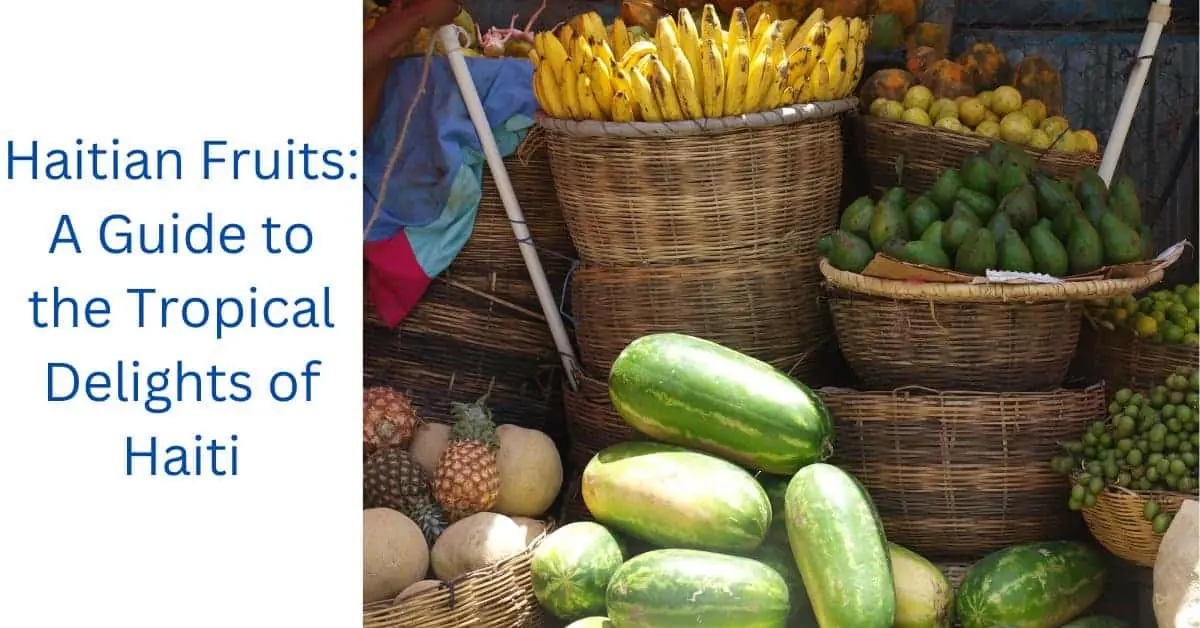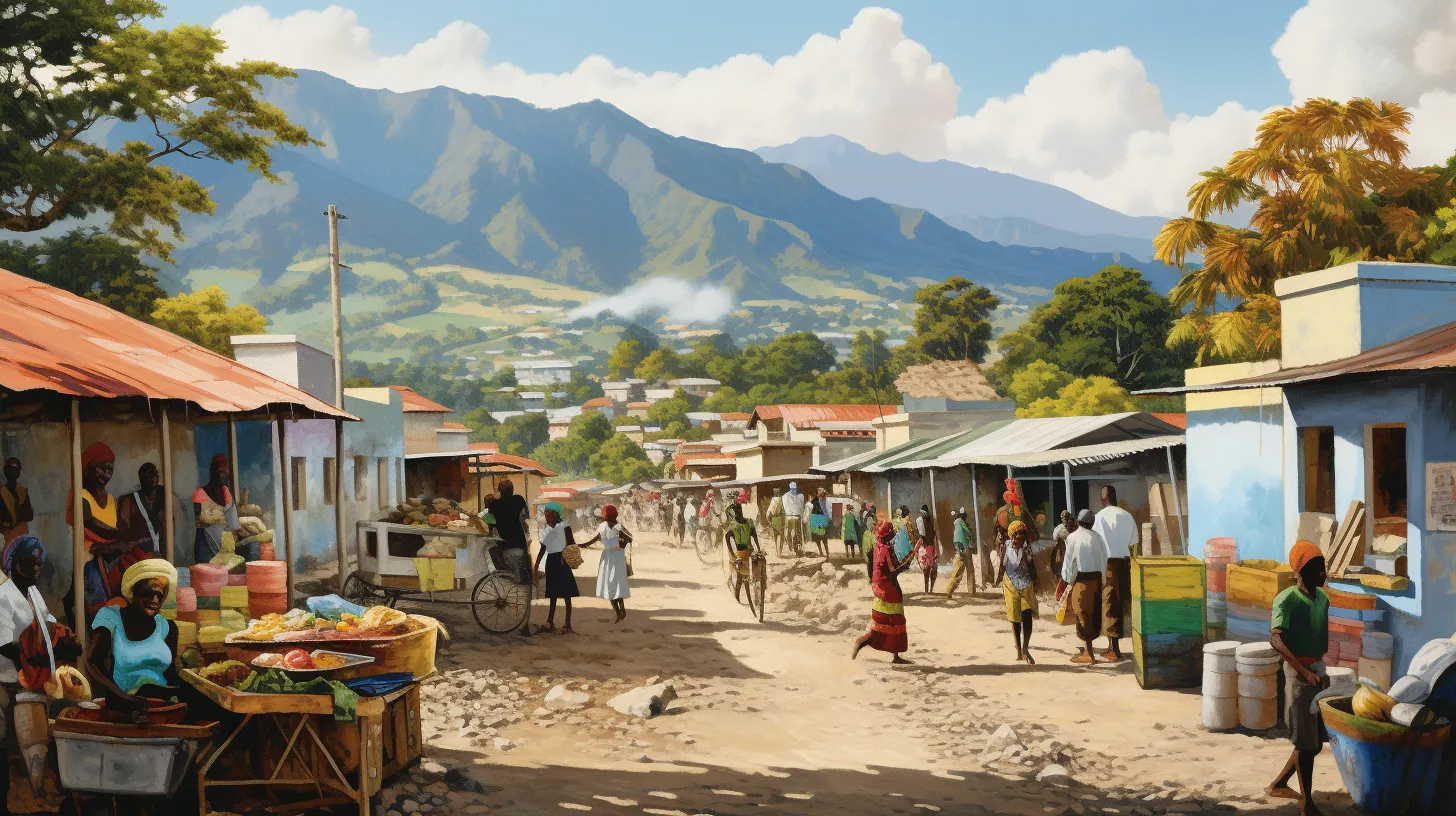
Embark on an unforgettable adventure as you uncover the hidden beauty of Pic La Selle, a majestic peak nestled within Haiti’s Forêt de Pins.
This informative article provides essential details for those seeking to explore this unspoiled natural wonder. Discover accommodation options, transportation guidelines, and hike details, all while learning about the conservation efforts that ensure the preservation of this breathtaking landscape.
Prepare to become engrossed in an experience that offers both freedom and tranquility as you take in the dramatic scenery.
- Accommodation options include huts managed by the Haitian Ministry of Agriculture (MARNDR), pitching your own tent, or staying in the township of Fonds-Verrettes or the health center in Gros Cheval.
- It takes around 4 hours by car to travel from Port-au-Prince to Gros Cheval, and a 4×4 vehicle is recommended due to poor road conditions. Renting a 4×4 vehicle costs around US$350, and hiring an experienced driver is advisable.
- Gros Cheval is the recommended departure point for the Pic la Selle climb, and guide fees (around US$15–$25 per person) can be negotiated on arrival. The hike to Pic la Selle takes 3-6 hours depending on fitness level, and a guide is recommended due to unclear paths.
- Conservation efforts are in place to protect the recovering Forêt de Pins, with reforestation projects and education programs led by the Réseau pour la Sauvegarde de la Forêt des Pins (RSFP) and Cesal Aid Organization.

The accommodation options in the vicinity of Pic la Selle are surprisingly diverse, offering visitors the flexibility to choose between huts managed by the Haitian Ministry of Agriculture (MARNDR), pitching their own tents, or arranging basic accommodation in the township of Fonds-Verrettes.
For those who prefer a rustic experience, pitching tents is a popular choice. However, if you prefer more comfort, the huts managed by MARNDR provide a convenient option. It is worth noting that prior arrangements are required for staying in the huts.
Additionally, basic accommodation is also available in the township of Fonds-Verrettes.
When it comes to transportation, rental costs for 4×4 vehicles are approximately US$350. This is recommended due to the poor road conditions leading to Pic la Selle.

To reach Gros Cheval from Port-Au-Prince, travelers must navigate through the challenging road conditions, requiring a 4×4 vehicle for a smooth journey. The scenic views along the road make the trip worthwhile, as travelers can enjoy the breathtaking landscape, including glimpses of the neighboring Dominican Republic.
For those not familiar with rough roads, it is advisable to hire an experienced driver to ensure a safe and enjoyable trip. The journey takes approximately 4 hours by car, and the rental cost for a 4×4 vehicle is around US$350. Despite the poor road conditions, the picturesque views make the drive an adventure in itself.

Gros Cheval serves as the recommended departure point and provides basic accommodation for climbers embarking on the challenging ascent of Pic La Selle. Located in Haiti, this picturesque town offers a starting point for hikers looking to conquer the peak.
The hiking difficulty of Pic La Selle varies depending on one’s fitness level, taking approximately 3–6 hours to complete. It is advised to hire local guides, who can negotiate their fees upon arrival, to ensure a safe and successful climb. The path to Pic La Selle is uneven, but rock climbing skills are not required.
Along the way, hikers will encounter a ridge and four smaller peaks before reaching the summit. The reward for this arduous journey includes breathtaking views of Hispaniola’s dramatic landscape.
For those seeking an adventurous experience and a taste of freedom, Pic La Selle is a must-visit destination.

With a duration ranging from 3 to 6 hours, the Pic La Selle hike offers adventurers a challenging yet rewarding experience. Here are four key details about the hike:
- Trail Difficulty: The Pic La Selle trail is considered moderately difficult. While it does not require rock climbing, the path can be uneven and sometimes unclear. It is recommended to take a guide to ensure a safe and enjoyable journey.
- Recommended Hiking Gear: To tackle the Pic La Selle hike, it is essential to have the right gear. Recommended items include sturdy hiking boots, comfortable clothing suitable for varying weather conditions, a backpack with essentials like water, snacks, and a first aid kit, a hat or cap for sun protection, and a walking stick for added stability.
- Ascending to Pic La Selle: The hike involves ascending over a ridge and four smaller peaks before reaching the summit of Pic La Selle. Along the way, hikers will be treated to spectacular views of Hispaniola’s dramatic landscape, making the challenging climb well worth it.
- Return Trip and Evening Meal: The return trip to Gros Cheval is typically quicker than the ascent. It is advisable to arrange for an evening meal in advance to replenish energy after the hike.
Embarking on the Pic La Selle hike with the right gear and preparation will allow adventurers to fully enjoy the beauty and freedom of this incredible trail.

Efforts to protect the Forêt de Pins from deforestation have been successful, and local organizations, along with the government, have implemented reforestation projects and education programs.
These conservation initiatives have played a crucial role in restoring the forest and preserving its biodiversity. Locals have contributed to the reforestation efforts since 2007 by planting over 1500 trees.
The Réseau pour la Sauvegarde de la Forêt des Pins (RSFP), a conservation network, and the Cesal aid organization have also been actively involved in educating the community about forest care and promoting sustainable livelihoods.
This collaboration between local and national interests has fostered positive change and created a sense of responsibility towards the preservation of the Forêt de Pins.
These reforestation projects and education programs are essential for ensuring the long-term sustainability of the forest and its resources.



